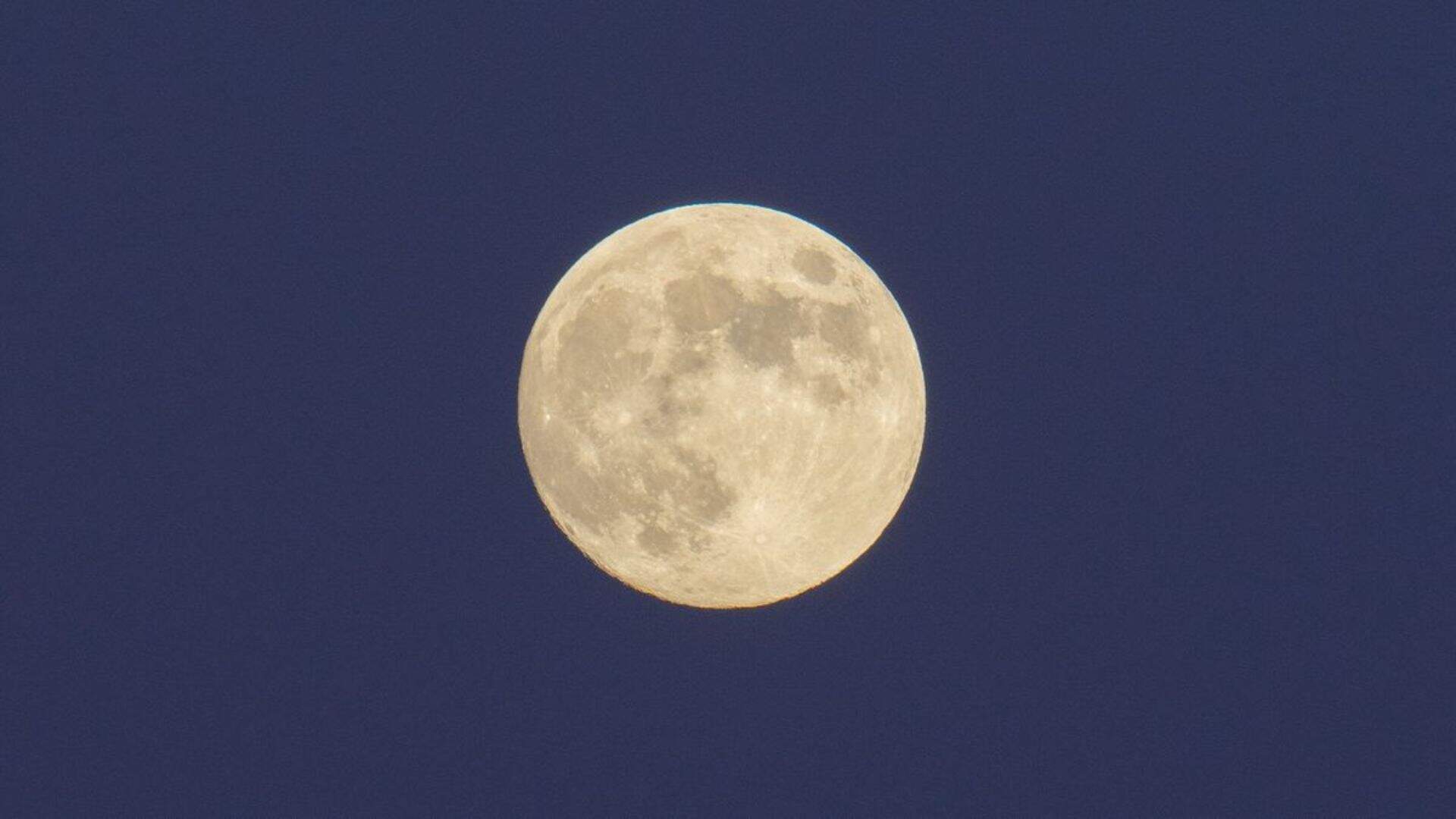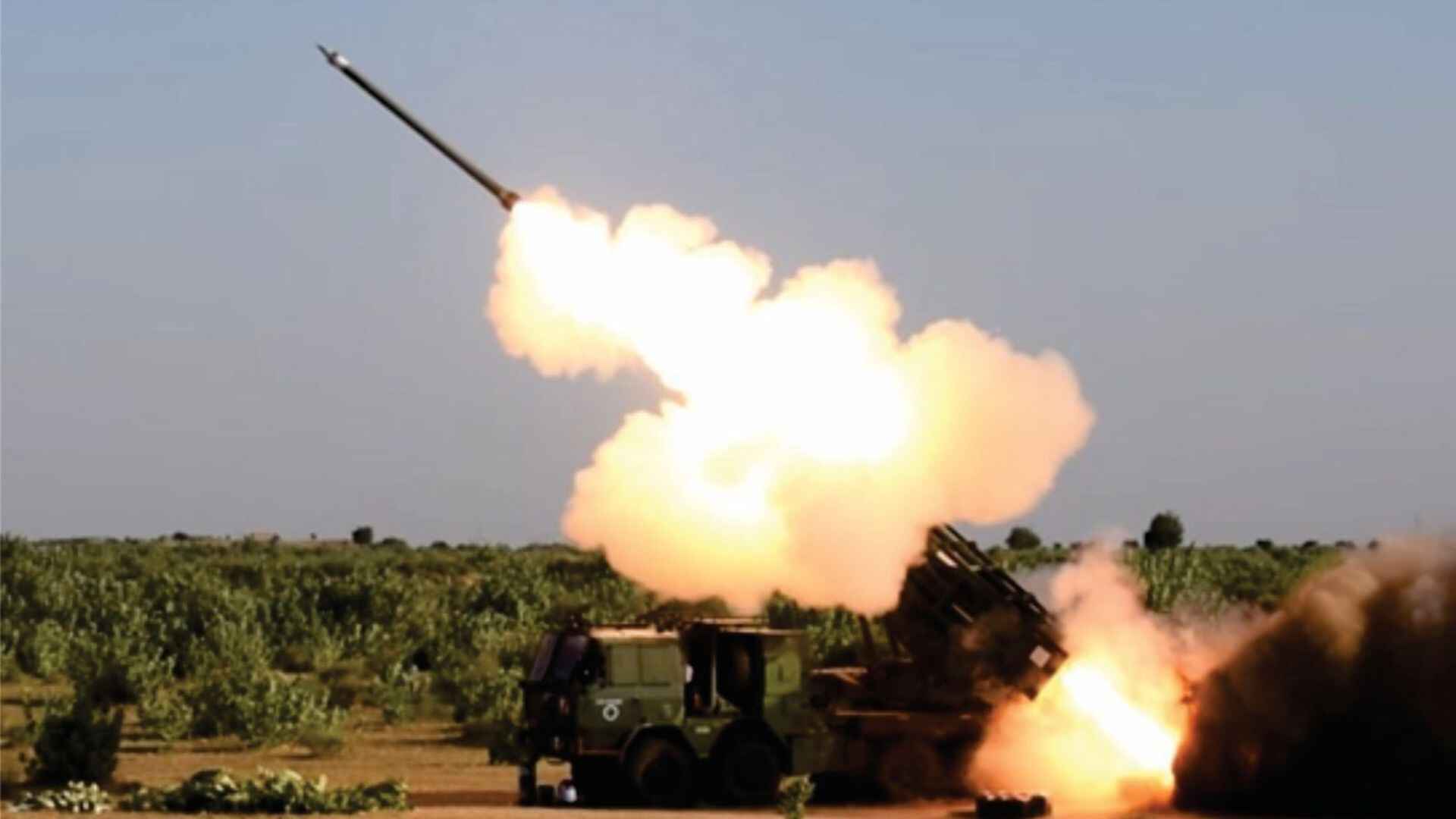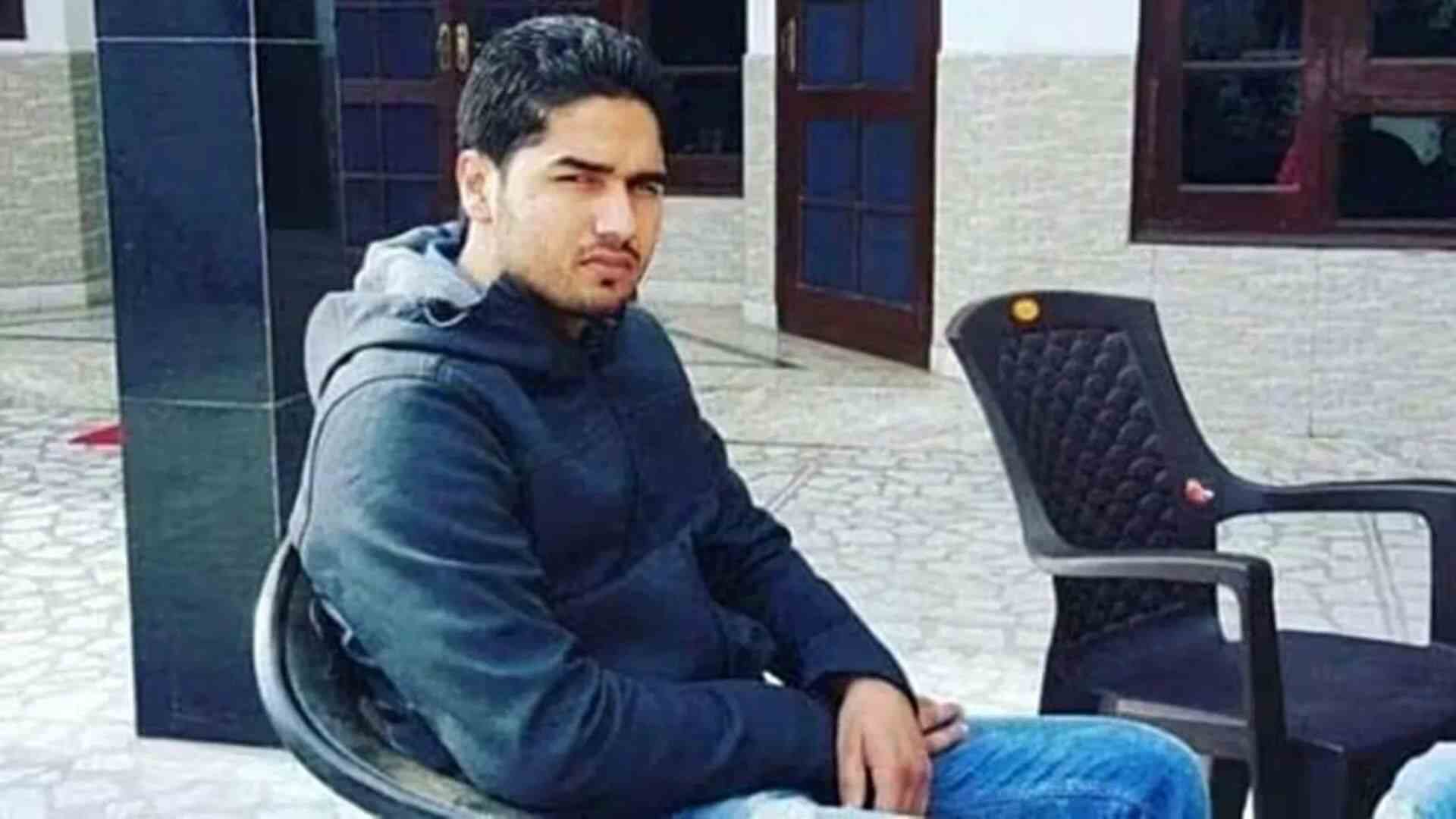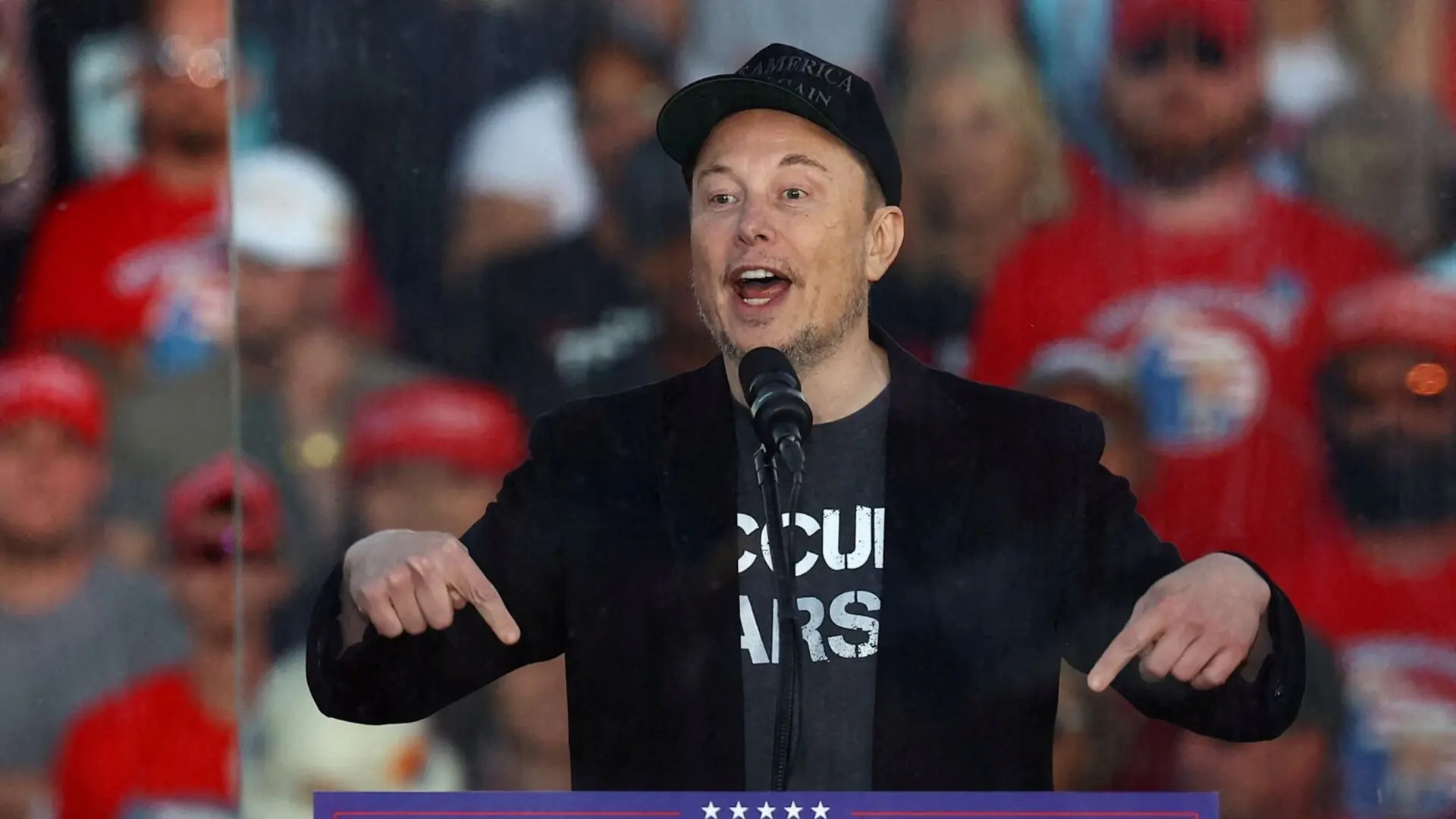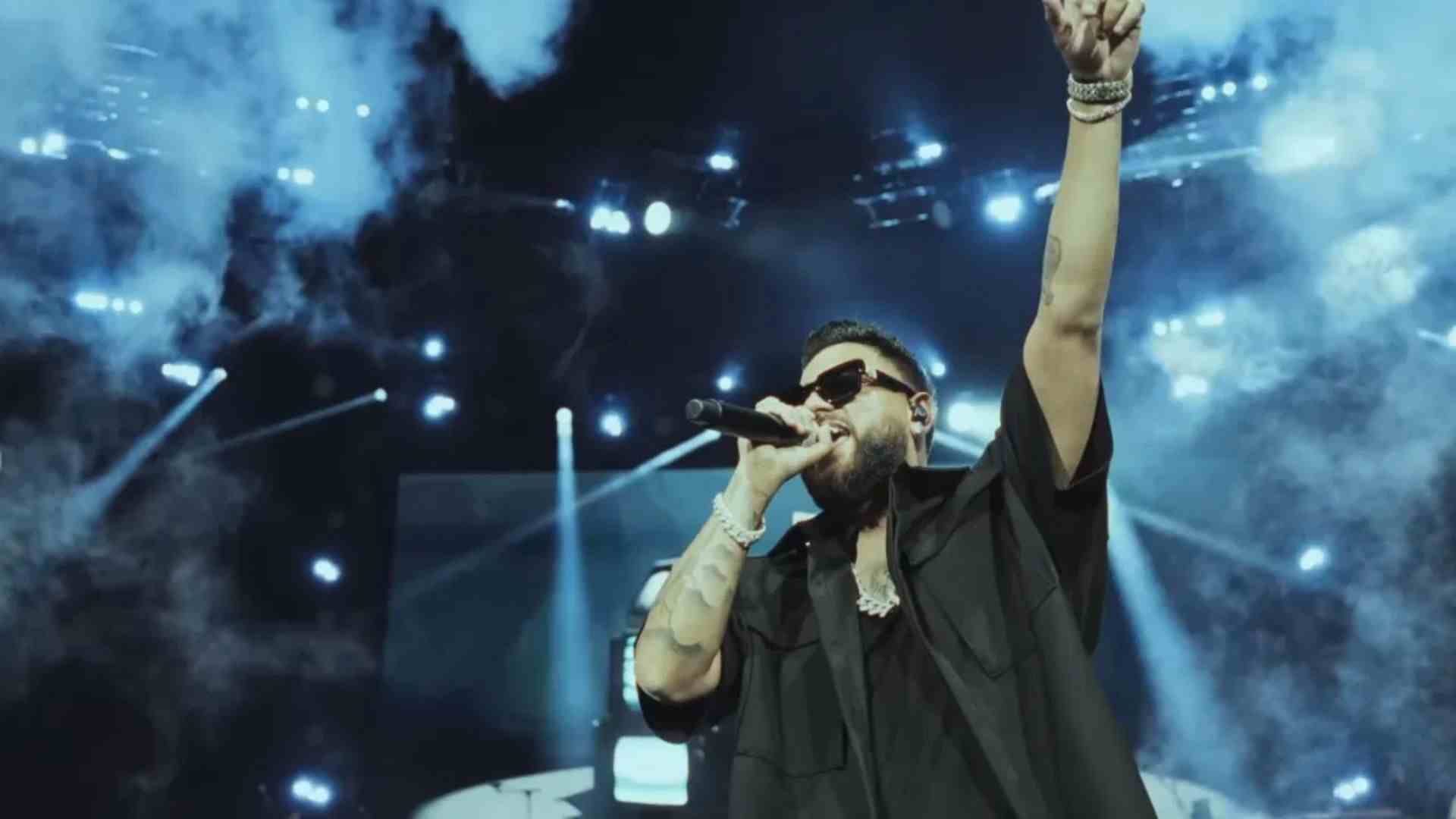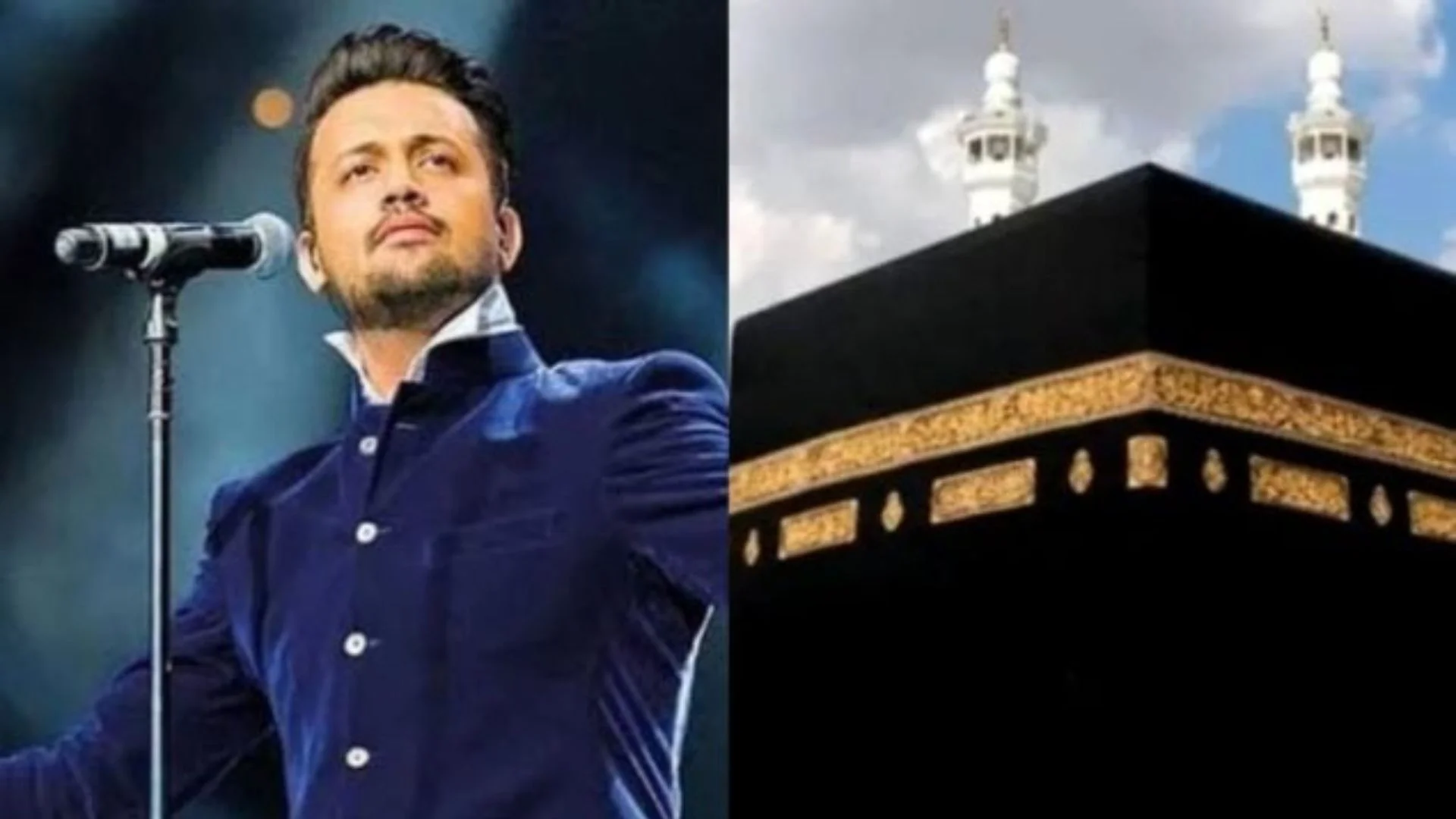
It has been argued many a time that sport is a great unifier. Perhaps so. But does it pass the litmus test in a country with a melting-pot of cultures, especially with some communities who felt traditionally marginalised in the greater scheme of things?
The fact that Indians (as a race) are fantastic at cricket is without a doubt. Some low key experts attribute it to the dainty wrists of this ethnic group, allowing them to swivel the bat with greater flexibility and bowl a ball with a more prodigious swing. Cricket is also, perchance, the only ‘phenomenon’ that India (as a nation) appropriated from England, along with three o’ clock teas, in contrast to the latter’s pilfering of the former’s prized artefacts, amongst a whole lot else.
Whilst on the Subcontinent, the game of gentlemen is argued to be no less than a religion, in South Africa, it is perhaps less so, but popular, nonetheless. A historical context for this piece is required. The causal link between South Africa and India goes as far back as 1860, continuing up to 1911, when the last indentured Indian faced a voyage overseas under the auspices, and arguably, the deceit, of the British Raj. Indenture, perhaps, the legitimatised, bastard son of slavery, albeit faintly disguised under a contractual system, started with the first batch going to Mauritius way back in 1834, and continuing with South Africa, Mauritius, Trinidad, Fiji, British Guyana, and Suriname.
The South African Indian is a unique beast in terms of behaviour, culture, and subtle changes in language, whether English or their vernacular. Comprising of the descendants of indentured labourers from Uttar Pradesh, Bihar, and Madhya Pradesh (collectively known as the Hindi speaking belt), Tamil Nadu and Andhra Pradesh, along with the progenies of Gujrati businessmen who had later come as merchants; this combined cohort currently numbers some 1,5 million people in the country. The majority are Hindus (41%); Muslims (25%); Christians (25%) and Other (9%). The biggest mass of Indians stay in Durban, some 800 thousand in a city of about 5 million people. In fact, prior to Indians from the Subcontinent developing an ravenous appetite in the very late Twentieth Century to emigrate to the USA, UK, and lately, the Gulf, it was Durban that once had the highest concentration of Indians outside of India itself.
India was at the international forefront of imposing sanctions on South Africa because of its policy of apartheid, way back in 1946. This included a complete embargo on Indian sportsmen competing on South African soil. Thus, when Nelson Mandela was released in the early Nineties and South Africa entered its democratic phase, the country saw the first Indian tour group coming to it shores. For the especially starved-of-their-cultural-links Indians in South Africa, who had to yet bear witness to the likes of such luminaries of the game as Sunil Gavaskar, even on the TV screen, no less than a group of demi-gods had descended upon them in the form of the Indian cricket team. The teenaged Tendulkar was spoken about in hushed tones, awe, and admiration seeping from their gills.
With the majority of Indian South Africans, certainly Generation X and Baby Boomers, who had felt ostracised under apartheid, their hearts could not change overnight with the advent of democracy, to begin supporting the still lily-white South African cricket team in 1992, after having backed the Indian cricket team for decades. So, for the first many matches between the two nations, for some years, Kingsmead Cricket Ground in Durban probably saw more Indian flags than South African ones being waved by the locals. White South Africans could not quite understand this ‘treason’. Surely it was incumbent of a person to support the country of their birth in any sport, as that would be the backbone of patriotism. However, the Indian heart, that mass of beating flesh, is a difficult organ to influence. Even in contemporary times, thirty years into democracy, plenty an Indian flag is sold at games held in South Africa. If this was / is a conundrum for this segment of Indians, they didn’t / don’t quite care.
It can be argued that Indian South Africans had been become staunch supporters of the Indian cricket team because of their harsh treatment under apartheid. There’s also a likelihood that there is some racism in this approach, that is, aligning oneself with one’s ethnic grouping, which brings about the question: Can one be xenophobic towards one’s own countrymen? The answer to this probably lies beyond the realm of this article.
But, besides India being a nation of cricketing greats, there is their neighbour in Pakistan, who had brought in superb practitioners of the game as well, as in Imran Khan. And therein came about a deepening of the conundrum. In terms of India, South African Indians may have seen the country as a natural home-away-from-home because of their ancestral links. But in matches between Pakistan and India that were held on South African soil, suddenly, Pakistani flags were also flown by locals, most likely from the Muslim community.
Now, whilst India is the ancestral home of all Indians – Hindu, Muslim, and Christian alike – in South Africa, as explained earlier, Pakistan is not. Hence, the litany of support for Pakistan cricketers against India from some local Muslims in South Africa was probably attributable to being based along religious lines. It is also likely that those South African Hindus, who support India, do so on a religious basis as well. Both religious groupings cannot and should not be judged for their choices. Sport is an emotional topic, and one cannot foist one’s opinion upon anyone when it comes to matters of the heart.
A bit of heckling in the past towards the players from both countries during matches did happen: “Rawalpindi Express, eat chawal-bhindi to impress!”; “Hindustan, kiss my ghaan!” Thankfully, beyond the realm of cricket, the local Hindu and Muslim community remain united. There has never been an open divide between the communities, as is currently seen in Leicester, England. This may be due to the fact that as a minority who feared the wrath of the majority African man ever since the contrived 1949 Riots, catalysed by the White government at the time, Hindus and Muslims in South Africa needed the safety-net of combined numbers. This fear was exacerbated by a repeated riot in 1985, and the July Looting of 2021. Seemingly, safety lies in numbers, even from a racial perspective, not fragmented.
Now, come the turn of the century, with the entry of cricketing great and undoubted gentleman of the game, one Hashim Amla, South Africa Muslims who may have supported Pakistan in the past, suddenly faced a deepening of the conundrum. One of their own was now playing a fantastic innings at the crease. The swing from the community towards supporting South Africa was almost an overnight trend. Not to be outdone, about a decade later, one Keshav Maharaj also entered the fray in the South African cricket team. South African Hindus now faced a deepening of their own dharma-sankat (moral dilemma). Apnawallah Syndrome is a very real, but perhaps unconscious practice.
Add to the whole fracas, Indian members of very early Millennials, and all of Generation X and Baby Boomers went to segregated schools. Socialisation in their formative years, especially playing sport at school, was within their race. With the emergence of later Millennials and Generation Z, who went and still go to mixed race schools, there has been a rapid increase in support of the South African cricket team – they simply don’t see colour. Indian households in South Africa are now divided, with older folks supporting India, and their offspring backing South Africa. Add in the entry of Indian, whether Muslim or Hindu, players into the South African cricket squad, even the older generations are feeling ‘betwixt and between’. The resultant quagmire brings about its own intra-family dynamics that can be quite humorous for an outsider to bear witness to on a match day. As ‘they’ say, “It just isn’t cricket!”
Aman Singh Maharaj is an engineer, economist, entrepreneur, and the debut author of “A Dalliance with Destiny”.
